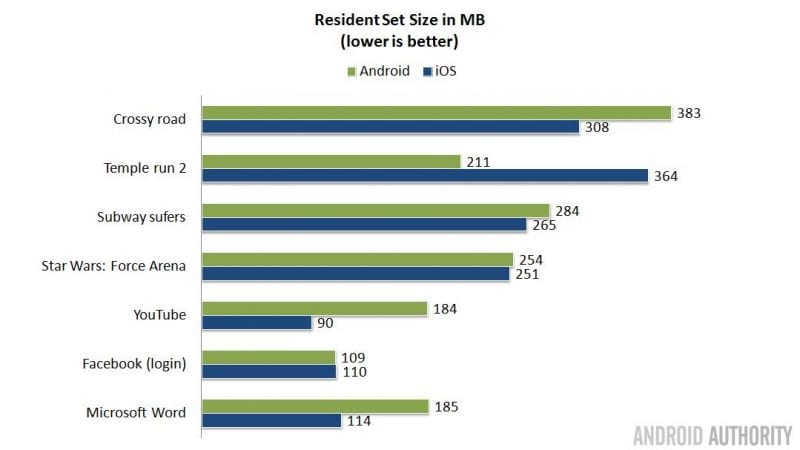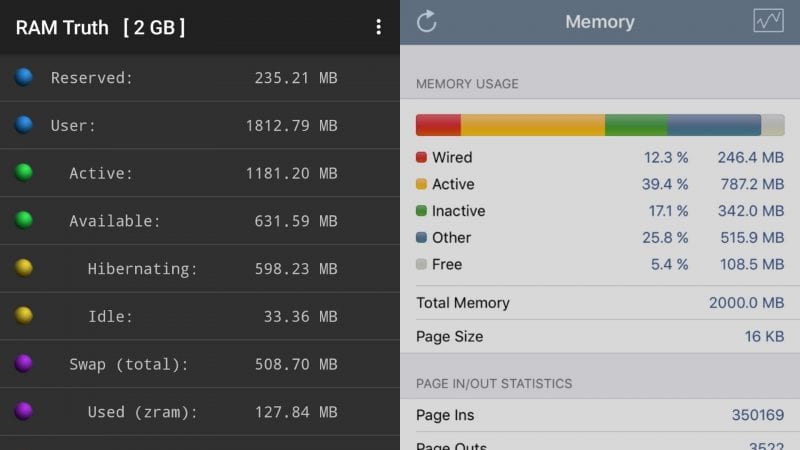When comparing an iPhone to other Android powered flagship phones, one thing that tends to stand out, is the significant difference in the RAM storage of the devices. As a result, most people conclude that iPhone needs less RAM or that Android apps takes storage space.
Why does the iPhone require less RAM than Android devices?
When the user is not actively using an app, the system moves it to the background state. For many apps, the background state is just a brief stop on the way to the app being suspended. Suspending apps is a way of improving battery life it also allows the system to devote important system resources to the new foreground app that has drawn the user’s attention.
Most apps can move to the extended state easily enough but there are also legitimate reasons for apps to continue running in the background. An audio app might need to continue playing music over the lock screen. Other apps might want to download content in the background so that it can minimize the delay in presenting that content to the user. When found necessary to keep an app running in the background, iOS helps to do so efficiently and without draining system resources or the user’s battery.

The Techniques Used by iOS fall into three categories:
- Apps that start a short task in the foreground can ask for time to finish that task when the app moves to the background.
- Apps that initiate downloads in the foreground can hand off management of those downloads to the system, thereby allowing the app to be suspended or terminated while the download continues.
- Apps that need to run in the background to support specific types of tasks can declare their support for one or more background execution modes.

Why Does Android Lag?
Android is laggy is the way it treats UI rendering. While on iOS UI rendering happens in a separate thread with real-time priority, on Android this happens in the main thread with normal priority. This, of course, means that other apps can take over your processor resources and hurt basic UI interactions, translating into a noticeable lag.
This Can Be Seen with the difference between Safari and the Android browser – if you tap and hold into the Safari window while it’s loading a webpage, the loading process stops, as UI rendering has the highest priority and takes over. The result is that the web page will not load until you lift your finger off, but the UI will remain buttery smooth all the time. Android has a radically different approach – it will try to maintain a reasonable response rate for the UI and load the web page, but often the frame rates would drop causing a visible lag.
So, I hope you understood why our ios takes less RAM to work efficiently that that of Android. Thanks for reading our article do share your views in the comment section below.